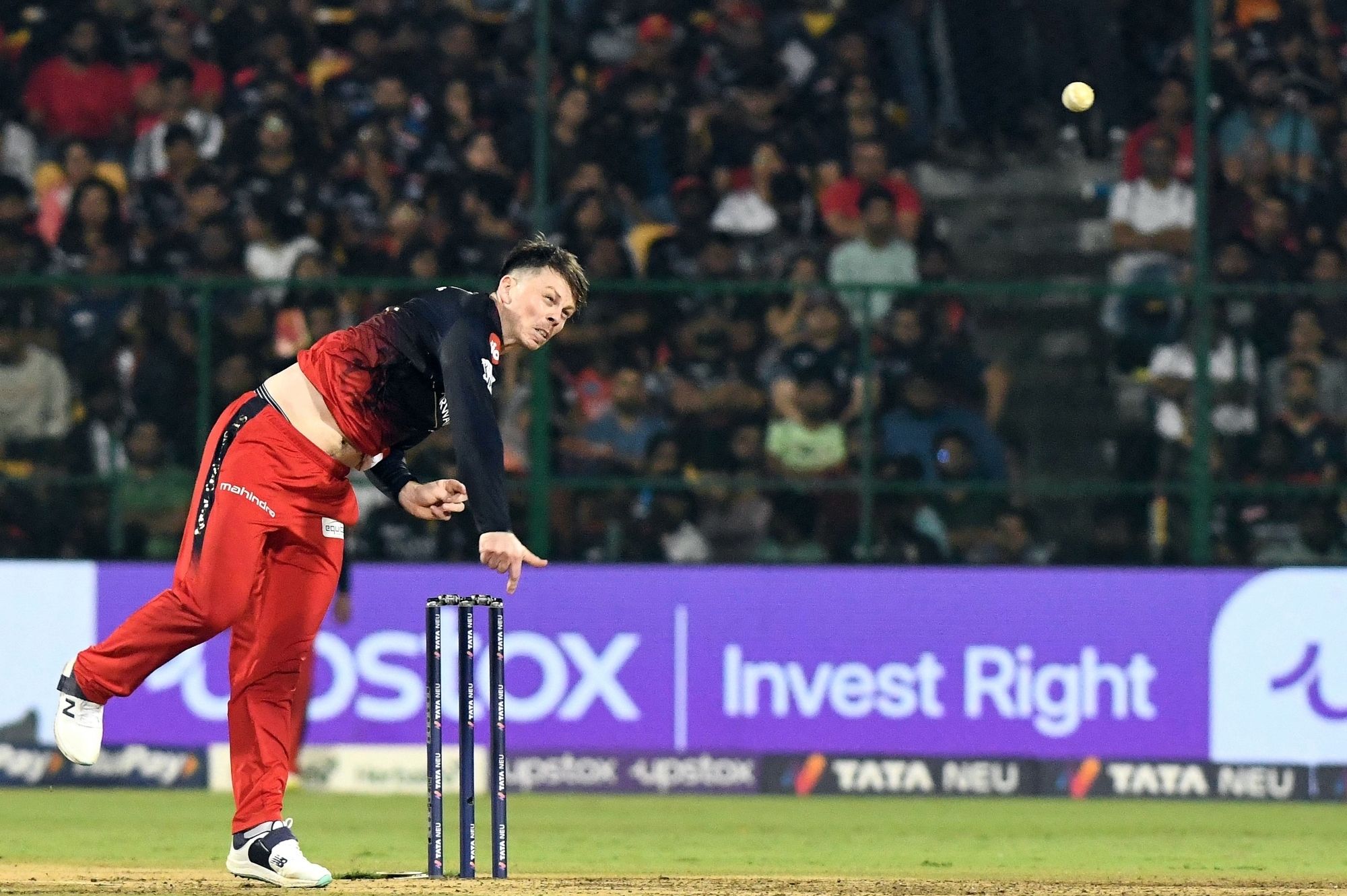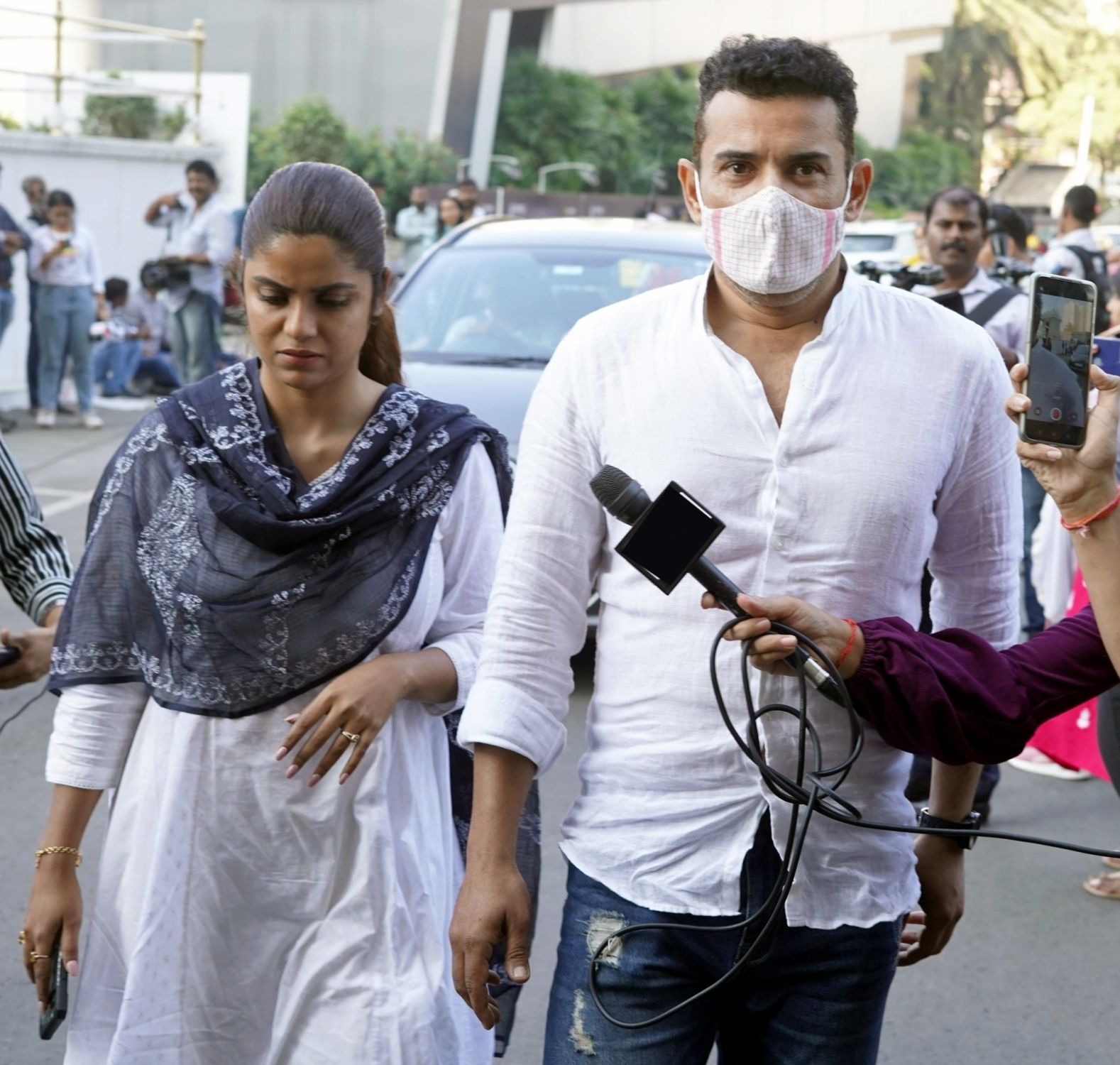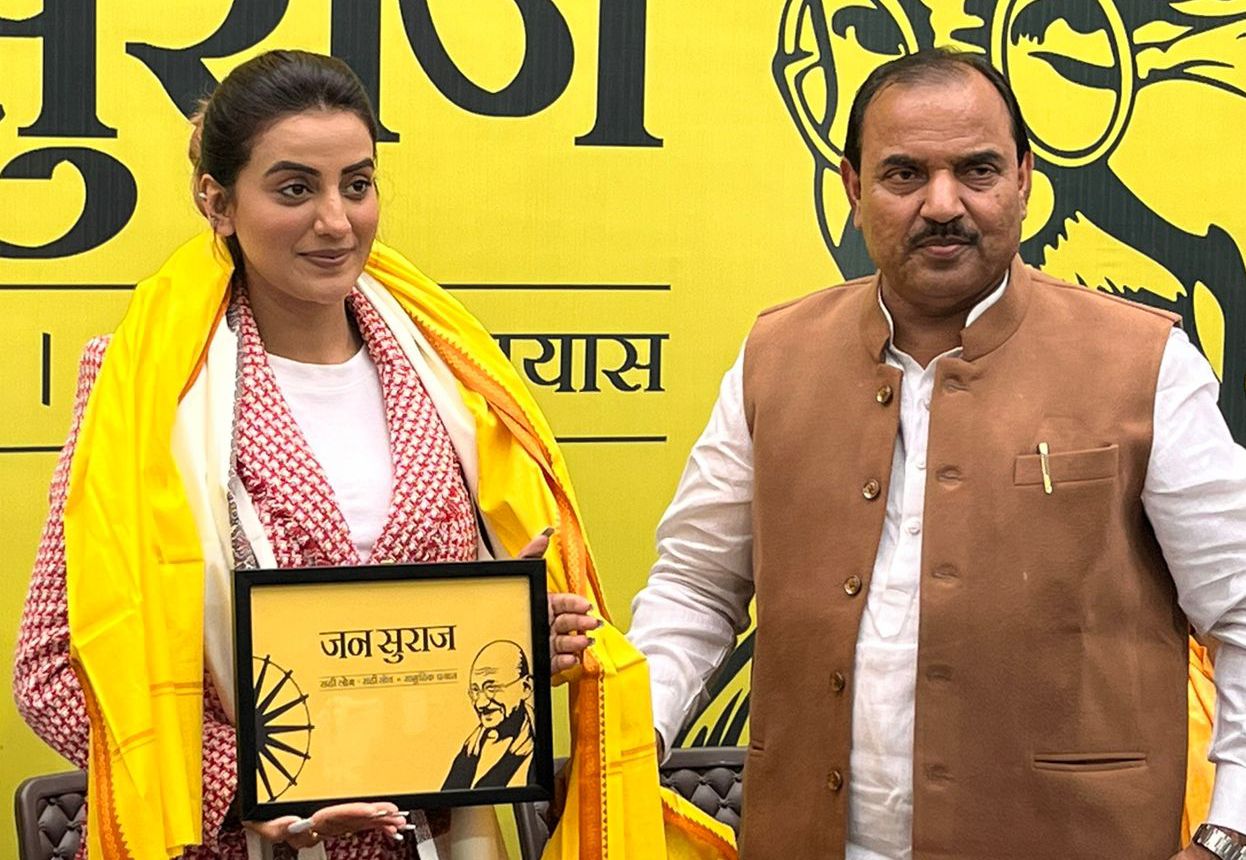|
Mumbai, July 4 (IANS) A chance coming together of several positives has led to a new record low tariff bid in the interstate transmission system (ISTS) tranche IX auctions of the Solar Energy Corporation of India (SECI), according to CRISIL Research.
At Rs 2.36/kWh, the new low is a tad more than 3 per cent below the previous lowest of Rs 2.44 /kWh seen in 2018, and 19 per cent lower than the weighted average tariff of Rs 2.90 per unit in fiscal 2020.
The weighted average tariff for the previously allocated SECI ISTS tranches (I to VIII) was Rs 2.76 per unit, though ISTS VIII, held in February this year, had drawn bids at the Rs 2.5 per unit mark.
The CRISIL Research report said that the positives in latest round of solar power project bids include a surge in interest from foreign shores. Six out of seven winners are global energy firms. These bidders have a portfolio of 1-1.5 GW in India, and would be keen to expand, especially given the environment of lower returns globally post COVID-19 pandemic.
The interest comes at a time when the top seven developers have 26-27 GW generation in teh pipeline. Coupled with a large capacity under execution, existing developers are also grappling with delayed payments from the financially weak state distribution utilities.
As such, SECI's ISTS auctions have always been well-placed, given a perception of lower counterparty risk for central entities and the flexibility afforded in these tranches to locate the projects anywhere in India, CRISIL said.
Besides, ISTS projects also connect directly to the inter-regional transmission grid system, eliminating intrastate transmission charges and leveraging the waiver provided by the Ministry of New and Renewable Energy to all renewable projects commissioned by December 2022, thus raising cost competitiveness to end-users.
A big reason for lowering of tariff compared with even ISTS VIII was the timing of the auctions, which offered a window of opportunity before any additi onal taxation (in the form of a safeguard duty and/or basic customs duty) set in, the report said.
According to it, without the current duty of 15 per cent, keeping module prices stable, capital costs would be lower by 5-7 per cent.
"The imposition of the 25 per cent duty rate in July 2018 had raised capital cost by 10 per cent. However, as the auctions have occurred prior to the formal notification of any such taxation, it provides the developers the option of pass-through of costs, under the change in law provision. This would allow developers to claim additional compensation for any rise in costs due to tax changes post allocation of capacities," said Hetal Gandhi, Director, CRISIL Research.
Module prices are also expected to trend down amid weak demand post-pandemic, especially from the already-slowing key China market.
Prices had remained stable between July 2019 and January 2020 at $0.19-0.21 per wattpeak (wp), but have weakened since February, closing fiscal 2020 at $0.18/wp and currently trending at $0.17/wp1 -- almost half the level they were at when the previous lowest tariff of Rs 2.44 per unit was bid.
CRSIL Research estimates module prices to fall further to $0.14-0.16/wp by the end of fiscal 2021, led by the oversupply and fall in global demand, whic h should help lower capital costs further.
According to Mayur Patil, Associate Director, CRISIL Research, "The current situation enables an equity internal rate of return (IRR) of 14-16 per cent at the bid tariffs of Rs 2.36-2.46 per unit seen in the latest auction. However, the same tariffs with the current duty structure retained will result in 200-300 bps lower IRR for future bids, ceteris paribus. Aspects such as mod ule prices, interest rates, new duty structure and participation levels of global players would remain key monitorables for future bid tariffs."
--IANS
sn/sdr/tsb
Copyright and Disclaimer: All news and images appearing in our news section, search engines and social media are provided by IANS. If you face any issues related to the content/images, please contact our news service provider directly. We are not liable/responsible for any content/images related to the news service provider.
|









